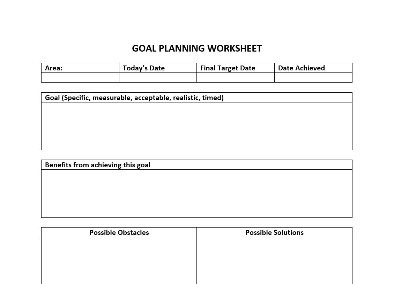Ongoing learning and training are key to boosting employee performance and productivity. This is true for everyone no matter how talented the person already is. Besides performance and productivity improvements there are other benefits that I will cover here.
In this video I talk about my dog Chief who is a Vizsla breed and bred as hunting dogs. They are pointers and can smell an animal from far and point in that direction. Once given a command they will go after the prey.

We are not hunters so we looked at what else our dog can be useful for and realized he is excellent with people and provides a feeling of comfort and love to many who we meet in our neighborhood and especially when we travel.
So, we embarked on a training program to have Chief become a therapy dog because of his natural talent to give comfort and his sweet nature. However due to COVID-19 we had to put that on hold
The point is that what you have talent and passion for should continue to be developed as there is no limit to what we can achieve. As well, ongoing learning gives way to new opportunities to expand a skill set into complimentary skills that could evolve into new specialities within a certain job field. For example, a software developer could through ongoing learning expand into a specialty in AI, which is in great demand.
Benefits
I remember a training I did for a client on selling skills and the course covered goal setting. The top salesman for the company had never learned how to write out a goal and he applied his new knowledge to a personal goal related to his finances. Because he picked a highly motivating goal, he was able to further propel his performance to achieve his goal within a few months. This greatly benefited him, his family, the business owner, and the company.
Ongoing learning and training provide many benefits. Employees will keep themselves current for the job market and they will stay motivated because the new knowledge will make their job more interesting as they tackle new challenges.
The company will have a more motivated employee who produces better work and is more productive. This will generate more profits and enable the organization to scale.
The business owner will have more dedicated and loyal employees as the investment in their talents will be perceived as a commitment by the business to their development. This will also reduce turnover of exceptionally talented employees.
Ongoing learning and training applies to leaders and managers as well. Learning new leadership and management skills can be applied immediately and the impact can be huge. For example, if you act on what I am recommending here and start training employees or even yourself, it will produce instant results and benefits. My call to action then is to do just that. Whether you are the business owner, manager, or an employee, find what is a crucial skill for your job and something you really enjoy and make a point to learn more about it every week. Set a goal and keep track of your progress. You can use my goal planning worksheet and training needs analysis worksheet to help you get started.





